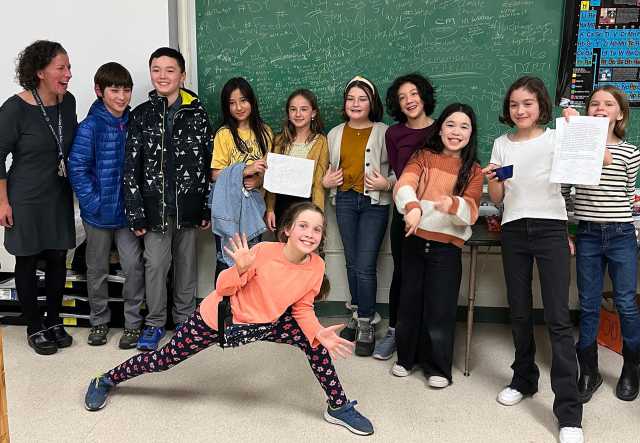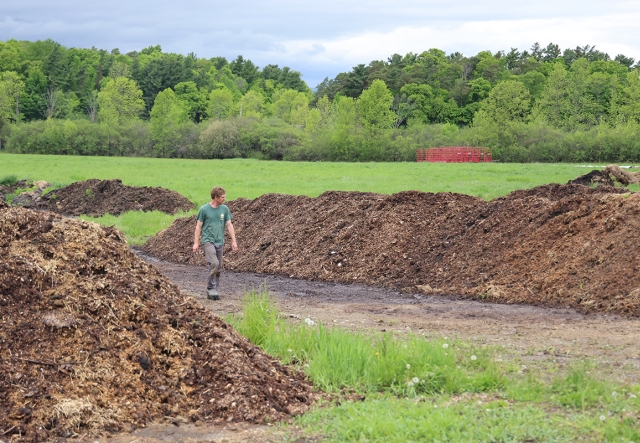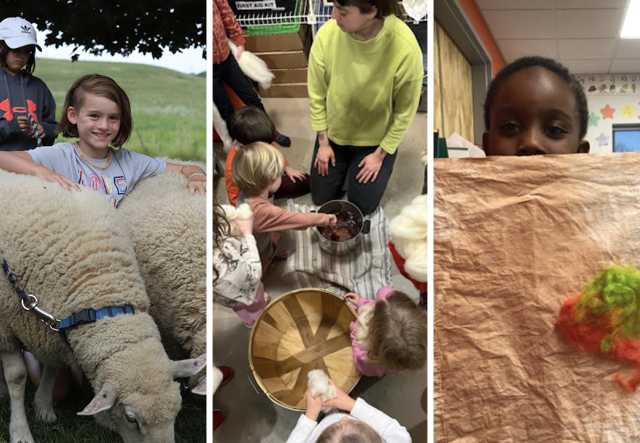Three Simple Recycling Rules for Your Classroom
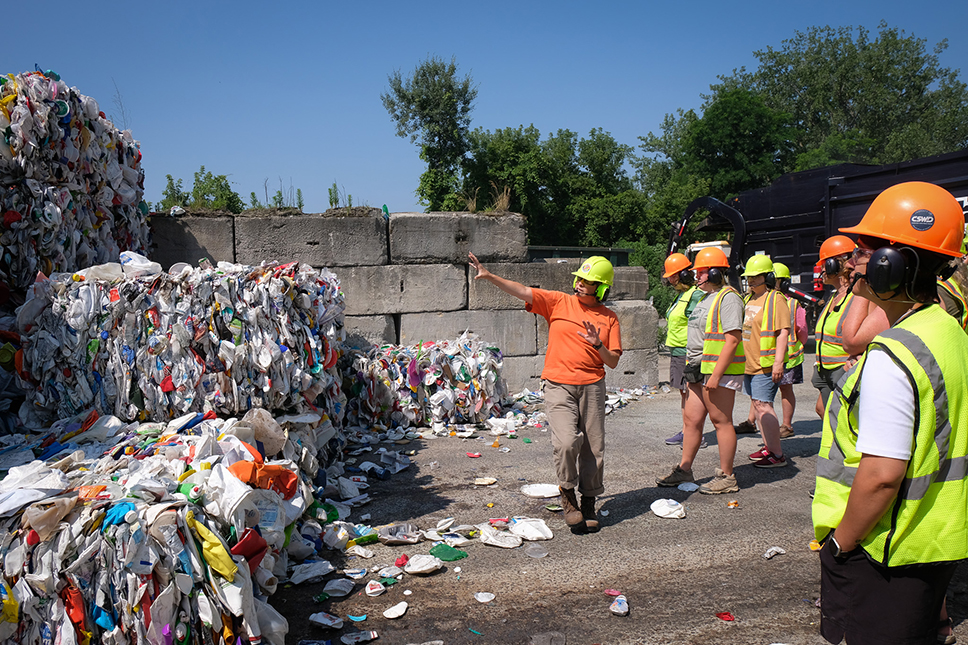
We all know that recycling is an important part of living sustainably and caring for our planet. But remembering the many do’s and don’ts of sorting unwanted items into their proper bins can be tough! So we asked Chittenden Solid Waste District school outreach coordinator Rhonda Mace to answer a few frequently asked questions about how to properly dispose of common classroom items. We hope these tips help you and your students level up your recycling practices in the year ahead.
Although this guidance is fairly universal, Rhonda notes that if you’re outside of Chittenden County, it’s best to confirm the rules with your local municipality, many of which have outreach teams eager to support schools and educators.

Milk cartons don’t belong in the blue bin. Milk cartons are made of paper, yes, but they also contain plastic. “Think about it: if milk cartons were only made of paper, the milk would soak through and end up in your lap!” says Rhonda. They’re actually triple-layered paper and plastic; because of this, empty cartons belong in the trash. “Any time we have two different materials stuck together that we can’t get apart, like paper and plastic, the item generally has to go in the trash.” The same is true for those “paper” juice boxes, too.
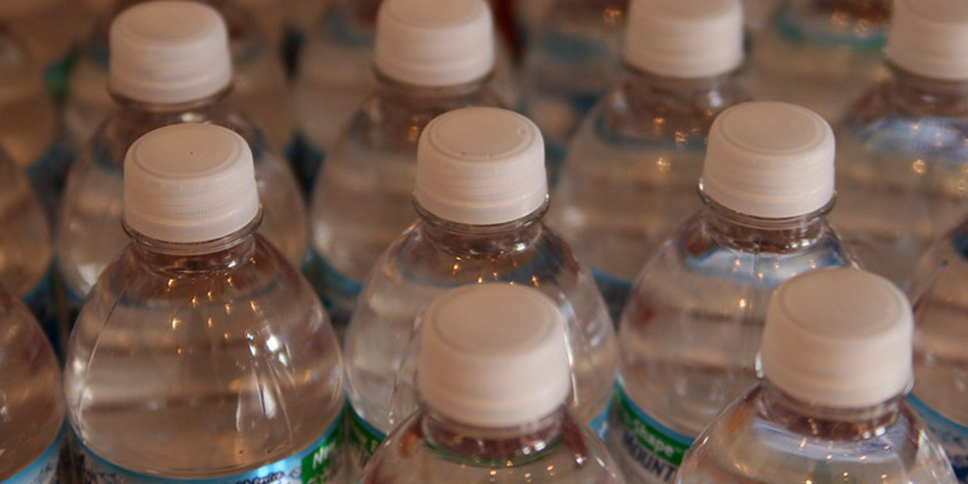
Keep a lid on it (plastic caps on plastic bottles, that is). Recap clean, empty bottles and screw shut before tossing in the blue bin. This is true for any bottle where both cap and bottle are made of the same material (think Gatorade or water bottles). Why must caps be attached? Anything smaller than 2x2 inches, like a bottle cap, slips through a recycling facility’s machinery, unable to be sorted.
Rhonda likes to offer a few images to help people remember the 2x2-inch rule: it’s about the size of a tennis ball, a small child’s fist, or, most memorably, a squirrel’s head. “Kids love measuring stuff, even big kids, so you might think about posting a 2x2-inch square as a guide in your classroom near the recycle bin where students can measure their items.”
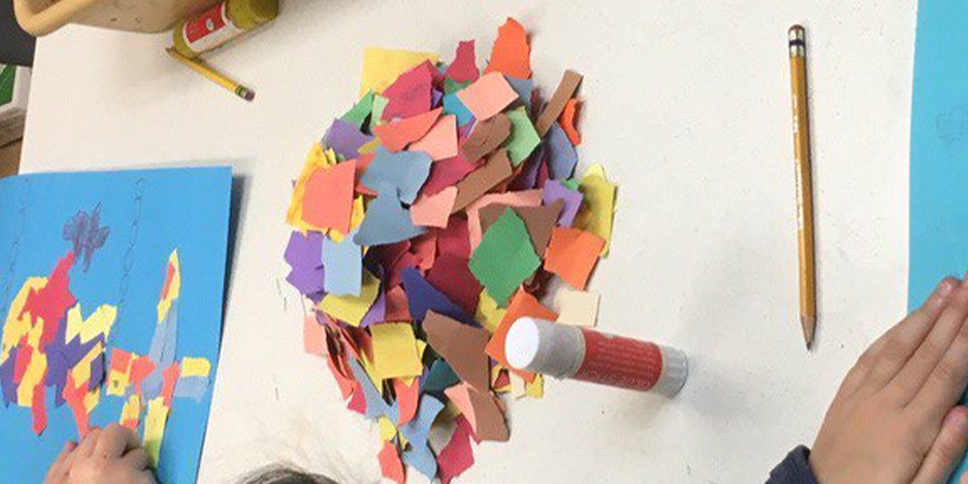
Contain your confetti. “Confetti is awesome, but not in our sorting facility,” says Rhonda. If you’ve got paper scraps that are smaller than 2x2 inches, stuff them into a paper envelope and close to contain before recycling. Otherwise, those bits will slip through the machinery’s cracks, unable to be recycled.
Fun fact: for every 2,000 pounds of paper recycled, 17 trees are saved. “Last year in our county alone, we were able to save over 500,000 trees from being chopped down, thanks to all of the paper recycled.”
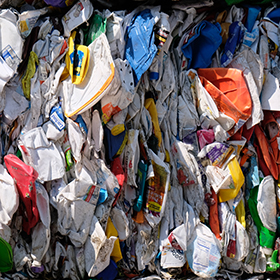
Recycling is only part of the equation. Rhonda teaches recycling in the context of what she calls the three Rs plus one: Reduce, Reuse, Recycle, and Respect. “Being planet protectors means reducing the amount of trash we produce, reusing the items we have as much as we can, and, yes, recycling. When we reduce, reuse, and recycle, we respect ourselves, respect others, and respect the planet on which we all live.”
Chittenden Solid Waste District has posters and other resources for schools available for download on their website.
For access to free lesson plans on these 3 Rs and more, contact Rhonda at rmace@cswd.net.

